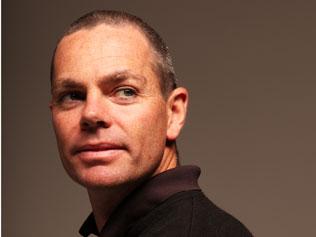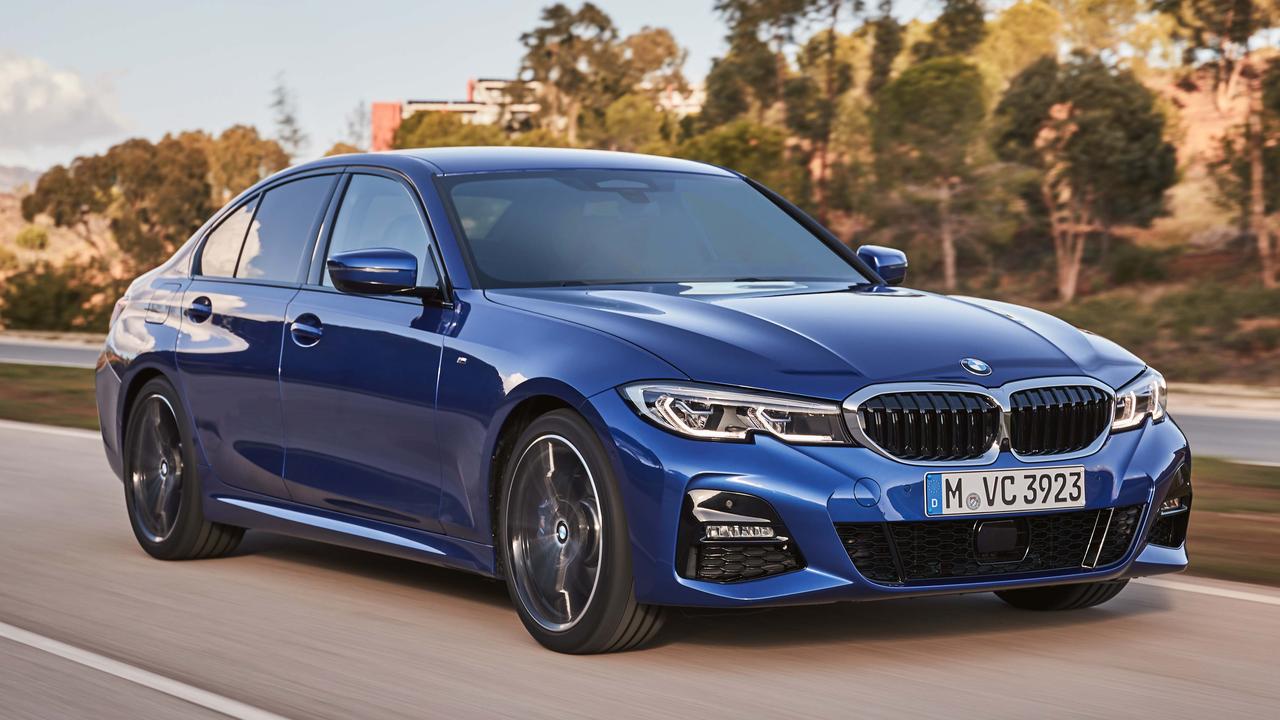10 questions - Craig Lowndes
Racing driver Craig Lowndes, 36, on winning Bathurst, switching from Ford to Holden and what he learned from his mentor, Peter Brock.

Racing driver Craig Lowndes, 36, on winning Bathurst, switching from Ford to Holden and what he learned from his mentor, Peter Brock.
You’re one of the most successful drivers in the history of Australian motor racing. What’s been your single proudest achievement on the race track so far?
Definitely winning the Bathurst 1000 in 2006 just two weeks after the passing of Peter Brock. To win the biggest race of the year just after my friend had passed was something that I’ll hold close for the rest of my life. I’ll never be able to beat that as my best victory ever.
2010 saw you make the big switch from Ford to Holden. Did you get many angry or disappointed messages from diehard Ford fans?
We did, but not that many and it wasn’t too bad. We had a lot of good years with Ford and I enjoyed working with everyone there, but I think once we explained the reasons behind the decision to switch from Ford to Holden most people understood and respected that decision.
Racing V8s has long been a two-horse race – Holden versus Ford. How is that likely to change in 2012 when the series will most probably open to other makes?
It’s going to be an interesting time for all of us in the sport to see if other manufacturers do decide to get involved and what it will do for the spectators and obviously the teams. I’m looking forward to seeing what happens when the Car of the Future comes online.
You race about 15 times a year. What do you see as the most challenging event in your working calendar?
On an individual level I think Bathurst is the toughest race on the calendar. The race itself is obviously a huge challenge, but the whole weekend attracts a huge amount of attention, which can make it difficult to keep focused.
With the cost of building a V8 supercar around $450-500,000, what happens to them when their racing life is over?
They are expensive machines and they certainly don’t go to the scrap heap. There is a second tier category called the Fujitsu V8 Supercar Series and the cars that are a few years old are able to be run in that category. It gives the young drivers in the country the chance to run and compete in V8 Supercars so that when they make the step into the main series they are better prepared. I think it’s a great initiative of V8 Supercars to ensure that those cars aren’t getting wasted.
What inspired you to write your new book, The Inside Line?
It’s something that we always talked about and we thought it was timely to do it now. We wanted to produce something that was not a review of my career, but more of an insight into my life as a V8 Supercar driver and my friends and family that support me day in, day out.
You’re a father of two primary school-aged children. How has fatherhood changed you?
It has really taught me patience, I think. It has also given me a greater appreciation of what I put my parents through as a youngster, and I can relate to them on that level now. There’s nothing I enjoy more than coming home and spending time with the family on the farm.
As a qualified motor mechanic, are you ever tempted to tinker with a V8 Supercar?
Yes, I’m definitely tempted, and I try and get in there, but the boys never let me get too close in case I wreck something. At home I’m always tinkering away on a range of projects.
What were the principal things you learned from your mentor, the late, great Peter Brock?
He taught me to deal with the highs and lows of weekends, from having to talk to the fans even when things aren’t going your way and even dealing with the media, which can be a challenge when you’ve had a bad day. He really taught me about all facets of being a professional racing driver and I believe a better person as well.
Motor racing is an unusual sport in that it’s an individual who does the driving but a team who design, engineer and run the cars. How important is team bonding to how well you race?
It’s massively important to what we do and how well we perform on the track. The dynamic within the team is vital to how well the team and I perform day in and day out. When the team is working well together and the spirit is high, it’s much easier to go to work and the results certainly come a bit easier as well. It’s one of the major reasons why Triple Eight are so good and the major reason why I elected to stay with the team when they changed to Holden.


